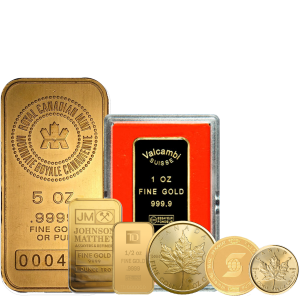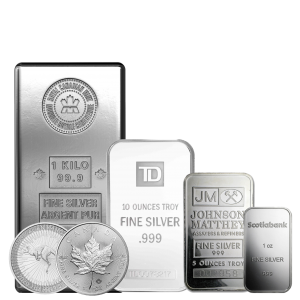

Ike Dollar (1971 - 1978)


Image Courtesy of Professional Coin Grading Service (PCGS.com)
Overview
The first piece of legislation creating the American silver dollar was the Mint Act on April 2, 1792. The act mandated that the American monetary system would have the silver dollar as its basic unit. Not seen in any other annals of American numismatic history is the Ike Dollar, minted between 1971 and 1978. The person commemorated with this piece was Dwight D. Eisenhower, the United States' 34th president. He was the Supreme Allied Commander during World War II.
StructureChief Engraver Frank Gasparro was given the task of preparing the models for the Eisenhower (Ike) Dollar design. This was done because Mint Director Mary Brooks desired for the coins to be made as rapidly as possible. On the observed side of the Eisenhower dollar, there is a likeness of President Eisenhower featured in profile. The year of mintage is located below the inscriptions, which include "LIBERTY" above, "IN GOD WE TRUST" to the left, and the year of mintage.
Paying homage to the accomplishments of the United States of America in the field of space travel, the reverse of the coin has a modified version of the emblem that was used during the Apollo 11 mission. A bald eagle is seen landing on the moon while clutching an olive branch, and the Earth can be seen in the backdrop of the artwork. Along with the value of one dollar, the coin states "E PLuribus UNUM" and "UNITED STATES OF AMERICA."
Mixture and Varieties of Composition- • Clad: These were the "Ike" Dollars that were created for regular circulation; as a result, they contain the same metal alloys as the other copper-nickel "clad" coins of smaller values.
- • Silver: The Mint provided collectors the opportunity to acquire Uncirculated and Proof versions of the Ike Dollars that were made of the same 40% silver composition. This was in addition to the copper-nickel "clad" Ike Dollars that were produced for circulation.
- • Clad, Bi-Centennial Reverse: Bicentennial Dollars were made in 1975 and 1976 in the typical copper-nickel "clad" variants. These dollars were issued in bicentennial years.
- • Silver, Bi-Centennial Reverse: a numismatic homage to this historic milestone, as well as new reverse designs for the Washington Quarter Dollar, Kennedy Half Dollar, and Eisenhower Dollar. Other designs include the Eisenhower Dollar. The reverse of the dollar displayed the Liberty Bell with the moon of the earth in the backdrop. The obverse of each piece contained a dual date that ranged from 1776 to 1976.
Several Ike Dollars are especially sought for by collectors, including the following:
- • These forty percent silver coins were minted in proof and uncirculated sets, and they were known as 1971-S and 1972-S Silver Dollars.
- • A rare type that is identified by a more distinct and less defined Earth on the reverse, the 1972 Type 2 Reverse is a rare variety.
- • These coins, which were produced during the bicentennial year of 1975–1976, are important historical objects as their Liberty Bell design is original.
- • The years 1977 and 1978 were the last years that the Ike Dollar was issued before the Susan B. Anthony Dollar, which was a lower denomination, was introduced in 1979.








